😬 When will IPOs return? The past may hold some clues…
A version of this originally appeared in TechCrunch
I’m Natalia, the Head of Capital Markets & Strategy here at Secfi, and I’m excited for my first contribution to Founders + Funders. I I oversee Secfi’s relationship with our capital partners, those we work with to fund the financing of startup employees’ and founders’ equity exercising. I also head up new business initiatives at Secfi.
In the past, I worked in banking (yes, on Wall Street) starting my career in investment banking, and then moving on to capital markets, with a focus on the equities derivatives, as well as strategic product development.
Now, I’m not sure about you, but lately I’ve been hearing the same chatter from friends and colleagues in startups. It’s usually a version of: “Will my equity ever be worth something?”
Let me start with the harsh truth. Nobody has a crystal ball to anticipate what the market will do or how it will impact all of our private company stock. That may not be the most comforting thing to hear but I also don’t believe it’s all doom and gloom.
Another truth is that this is not the first market reversal. Nor will it be the last. For me, the comforting thing to do is to look at the data. To better understand where we could end up, I like looking at the past and how history can inform where we are now.
So, I looked at past market downturns, analyzed how that affected private stock and, most importantly, how long it took the IPO market to reopen. Because, at the end of the day, we’re all searching for the same answer: When will my paper wealth become liquid?
📉 We’re down…but not out
This year, we saw an unprecedented market correction with SPX (S&P 500) falling 17.31%. Additionally, all the companies that were gearing up to go public have suddenly closed their doors.
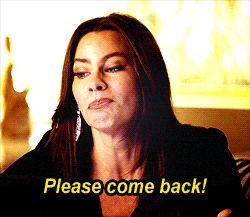
But, I’ll say it again: This is not the first time this has happened. The silver lining is that markets are cyclical. My colleague John dug more into the historical (and potential future) performance of the stock markets a bit ago.
But, today, I wanted to look into the past 20 years of the IPO market to analyze why the market closed, who made the first move to open it back up, and the overall impact it had on startups.
🫧 The crisis of 2002: the dot-com bubble
What happened?
Starting in the late ‘90’s, tech stocks started skyrocketing and were trading at all-time highs. Sound familiar?

Well, capital was extremely cheap to borrow, with rates from the Fed reaching as low as 1.67% (vs. rates in the last few years bottoming out at 0.25%). That pushed investments into riskier assets.
When the market started to collapse, prices were dragged down even further by accounting scandals, such as Enron in 2001, Arthur Andersen in 2002, and WorldCom in 2002. Starting to see similarities with today’s markets? FTX anyone?

OK, maybe the scandals aren’t as big, or wide, as they were at the turn of the century, but my point is that, in general, many aspects of our current situation were happening then.
What was different?
The truth is that the similarities between today’s market and the dot-com bubble really end there.
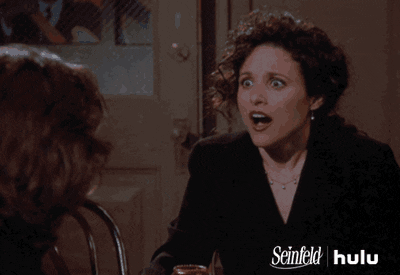
The dot-com bubble was not an economic crisis, per se — at least, not in terms of what we seem to be facing today — and it was only contained to financial markets. Plus, inflation wasn’t part of the molotov cocktail that is a major driver of what’s happening today.
What was the impact on startups?
Well, they certainly took a hit. As you probably know, private markets aren’t as transparent, so to get better insight into what’s happening on private land, I like to look at the iShares Expanded Tech-Software Sector ETF (ticker IGV). This is an ETF that tracks technology sector companies, so, in essence, IGV is really a basket of 119 software stocks, as well as interactive home entertainment and media stocks (including the likes of Microsoft, Adobe, Salesforece, Oracle, etc).
Even though this is not a 1:1 representation of private markets (as it is an ETF based on public companies), it can inform us as to how multiples evolved during this time because there is a correlation between public and private markets. Here’s what happened:
- The stock market dropped by 55% before the first IPO happened after the crisis.
- The EV/Revenue multiple of IGV — a measurement that shows for $1 generated in revenue, how much this $1 translates into the company valuation — dropped by 57%.
- The IPO market stayed shut for ~15 months.
- The first company to go public was Callidus in October, 2003, though it wasn’t the most successful exit.
- 8 months later, in June 2004 Salesforce IPO’d.
- One month after that, Google made its public debut on July 29th, 2004.
I think we’re all pretty familiar with how the stories of those last two went…

🏠 The crisis of 2008: The housing bubble pops
What happened?
Now, let’s look at ‘08, the most recent major recession. Loan originators, propelled by cheap credit, and lax mortgage policies, enabled fast growth of subprime loans. That caused demand and valuations to skyrocket, creating a feedback loop of further investor demand, and origination incentives.
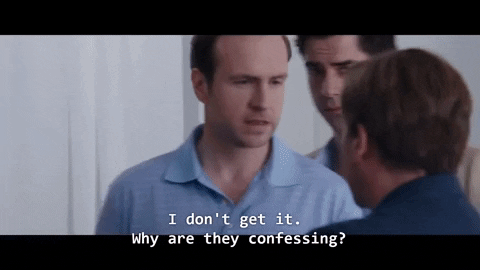
As rates began to rise, and liquidity began to dry up, over-leveraged banks and funds began to rapidly unwind portfolios (known as fire sales). Valuations began to spiral, and leverage-levels to explode.
The collapse of large institutions like Bear Stearns and Lehman Brothers took down the entire credit market, dragging down over-leveraged governments with it. The result was significant bail-outs and austerity policies that reigned in GDP growth and fiscal spending quite significantly.

The main similarities to today are that ultra-low financing opportunities enabled investors (both retail and institutional) to take on significantly more risk than they normally would through access to cheap capital.
What was different?
While the housing market was the major focus of the 2008 crisis, the complexities of what’s causing the crisis now are actually much larger. Back then, the major cause was a gigantic liquidity crunch. Cheap credit spiraled into an over-leveraged market, with very lax lending standards where getting a loan became a non-brainer.
As a knock-on effect, this increased housing prices, creating a bubble. When it all exploded, well…I think we’re all familiar with what happened.
Nevertheless, today is a very different market regime and the underlying root causes are different.

Today, supply-side shocks and demand-side shocks plague the economy. While inflation peaked around 6% in 2008, the economy quickly entered a deflation of -2.1%, as the liquidity crunch limited spending.
Meanwhile, unemployment was quickly growing from 5 to 10.1%. The Fed had ample room for dovish maneuvering — or moves to actually grow the economy, rather than limit it like today. The proof of this was that rates reached levels of 0.25%, similar to what we had in COVID times, but inflation never spiraled.
There were no energy shocks, or supply side constraints hindering the Fed’s ability to control inflation. Furthermore, while the Fed did lower rates, they did not pursue an aggressive asset buying program, and their balance sheet actually shrank by 4% during the 2008 crisis.
What was the impact on startups?
Well, the housing sector dragged down the entire economy. Valuations dropped, but so did revenue forecasts. More specifically:
- IGV Revenue multiples (EV/Revenue) dropped by 40%.
- The IPO window shut in August 2008.
- It opened 9 months later when SolarWinds, Inc. went public in May 2009.
- The door burst opened in June 2010 with MakeMyTrip Ltd. being the fifth IPO.
- The first companies to exit had revenue growth that was typically above 30%, and were cash-flow positive.
🛢️ The crisis of 2016: Brexit, oil, and Chinese uncertainty
What happened?
The U.S. didn’t have a recession in 2016 but the IPO window did shut again due to significant global economic uncertainty that translated into market volatility.

Tumbling oil prices resulted in sharp contractions in the economies of oil-producing countries. That pushed up yields on corporate debt, leading to defaults in the energy sector globally (including the U.S.).
The Brexit vote also caused supply-shock fears that reverberated across Europe. Plus, slowing growth in China led to significant uncertainty (reflected in the Shanghai Stock Exchange Index falling by 43% in 12 months).
The only real similarity with today is arguably the concerns over slowing demand from China, even though the dynamics driving the risks were very different.
What was different?
There was no inflation — or recession — and the Fed did not play as large a role in what was happening.
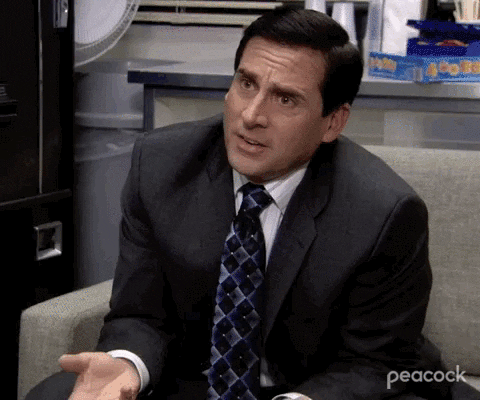
The fears around Brexit have yet to materialize into anything serious. And China currently has some ongoing disputes, but for very different reasons from 2016. At the time, the problems focused on the transition of an export-led economy to a consumption-driven one.
Meanwhile, oil prices have been continuously booming this last year, as supply struggles to keep up with demand for travel, consumption, and production. Though, we’re hopefully starting to see a change.
What was the impact on startups?
There was no true crisis, like there was in 2002 or 2008, but the uncertainty around a potential recession created a bearish sentiment in markets, which was furthered by the announcement of rate hikes by the Fed.
The specific impacts on startups were:
- EV/Revenue multiples fell by 12%.
- The IPO window shut for 6 months.
- It was reopened by SecureWorks and Twilio going public, with Trivago going public later in the year.
💰 The crisis of 2018: Debt, debt, and more debt
What happened?
The federal monetary tightening that began in 2016 was starting to be felt by valuations, with the Fed increasing rates from 0-0.25% to up to 2.25%.
In addition, the U.S. economy was showing signs of slowing economic growth — propelled by an intensifying trade war between the U.S. and China — generating significant uncertainty in financial markets due to potential supply chain disruptions and higher production costs.
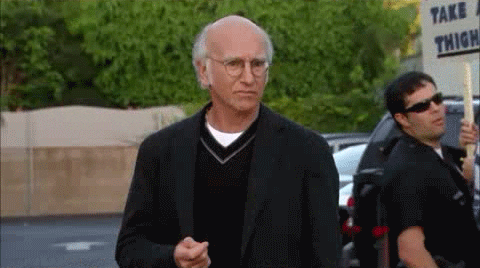
In December 2018, the S&P 500 fell more than 9% as investors feared the Federal Reserve System was ready to turn off the tap for cheap capital, and doubts about a potential recession started to emerge.
On the surface, 2018 might seem similar, but the reality is that a recession didn’t happen, nor was there rampant inflation. The economic environment was a lot healthier than what we see today, and the rate hikes were significantly more gradual.
What was different?
The Fed hiked rates similarly to what we’re seeing now, but the efforts were more gradual, compared to the multiple 75 bps hikes we’ve seen. Plus, the hikes weren’t driven by high inflation or low unemployment. Instead, they were seen as a return to policy normalcy.

Additionally, the policy stance towards China was more of a trade war, as opposed to the cooperative one the Biden administration is currently aiming for.
What was the impact on startups?
The bearish market sentiment due to low earnings growth and supply chain disruptions, and the simultaneous rate hikes, did have some, if minimal, impacts:
- Revenue multiples were compressed by 37%.
- The IPO market quickly rebounded within 5 months.
- Among the first 5 companies to IPO were now household names like Zoom, Crowdstrike, and Pinterest — all within 3 months.
😷 The 2020 crisis: The pandemic panic
What happened?
2020 was a socio-economic storm, the likes of which we have arguably not seen before. The closest parallel was probably the 1918 flu pandemic (preceding the Great Depression by a few years).
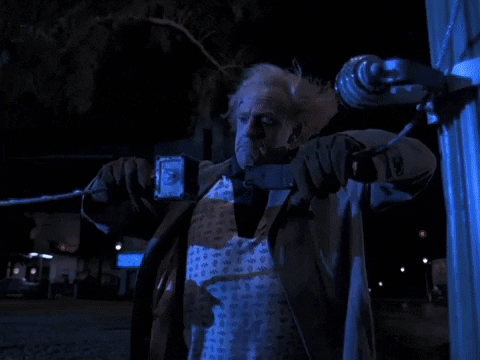
In March 2020, lockdowns to halt the spread of the COVID-19 virus exposed the overextension of supply chains, razor-thin inventories, and fragile business models. U.S. GDP dropped by 5% for the first three months of 2020, and unemployment spiked to 14.3% — driven mainly by the restriction of business activity and supply chain disruptions.
Minimal ability to travel or the need for transportation brought the oil industry to a halt, bringing global producers and exporting nations under significant risk of default, which further caused credit spreads to widen.
Virtually everything about our current (maybe) recession is different from what we saw in 2020, in part because what we have now is the aftermath of reactionary government and central bank policies from 2020.
The only real similarity would be the stock market tanking by 45% in the first few months of 2020.
What was different?
The recession was short lived due to the U.S. government stepping in with PPP loans and ultra-loose monetary policy to tighten credit spreads and support economic demand for goods and services.
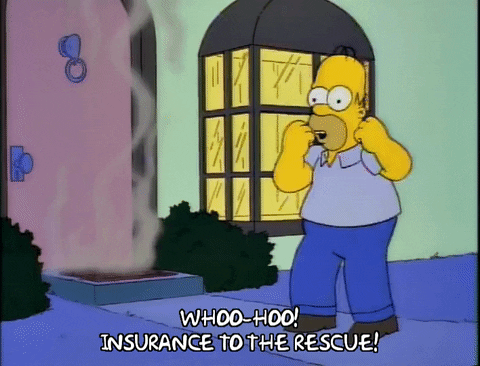
While there is no debate as to the critical impact this had on helping millions of homes stay afloat, there were some consequences.
Since people were trapped in their homes, savings ratios were exploding as households had limited ability to consume or travel. Ultra low rates meant banks could significantly expand their borrowing and lending capacity, and riskier investments started having increasing appeal for investors.
This trickled down into the startup economy, as investors deployed more and more capital into companies, enabling them to turbo charge growth through investing in hiring, and expanding their operations.
Now, this is not a bad thing, but the problem was that as the economy reopened, we were suddenly in a situation where people had strong savings and a pent up desire to consume and travel.

Supply chains were not prepared to deal with this spike in demand, further exacerbated by oil production not being able to keep up with the spike in production for goods and services (freight costs spiked by 500% to 12k, oil prices skyrocketed by 60%). It also hindered the ability to increase food supplies.
All of this ultimately resulted in inflation soaring above 8% (peaking at 9.1%), levels not seen since the oil crisis in the 1970s.
What was the impact on startups?
The impact on markets was twofold. Basically, the initial recession caused a sharp drop in multiples while the government programs, like PPP loans and a cut in rates from the Fed, rescued the markets.
More specifically:
- EV/Revenue multiples dropped sharply by 30%.
- But the IPO window was only shut for 2 months.
- ZoomInfo was the first to open the window, IPOing in June 2020.
- They were soon followed by Lemonade, nCino, GoHealth, Jamf Holding, and Vertex.
🤔 So…what does this tell us about today, and tomorrow?
First, the one thing all of these downturns have in common is that the IPO window eventually reopened due to economic stability.
As public financial markets start to settle down — most likely due The Fed’s policies starting to take effect — as well as supply chains and energy prices stabilizing, we are likely to see an environment that rewards companies for going public.
Freight costs have already fallen by over 70%, fuel prices appear to be stabilizing, and there are some promising signs that inflation is starting to reign in. The softer language in recent Fed speeches is also a sign that the worst of it could be behind us.
Like I said, I don’t have a crystal ball. But what I do have is data. And, based on that the IPO market has opened up after 18 to 24 months, on average. Given that we are about 9 months into our closed window, we can estimate that we could see movement by June 2023.
To be clear, this does not mean we are likely to see the blockbuster exits from 2021 returning. There is still a long and bumpy road ahead to recovery, but there will always be public market demand for high quality companies. The question isn’t “if” IPOs come back, it’s “when.”
I hope to contribute more to Founders + Funders in the new year, so please share any feedback you have on my first one, or if there are any topics you’d like me to tackle!
I also want to wish you and all your loved ones a happy and healthy 2023, and here’s to hoping the IPO window reopens sooner than later 🤞.
Things we’re digging:
- 🤖 Is real AI here? Some applications will surely be better than others.
- 🎢 Down rounds are rolling in, with more likely on the way. But there is a silver lining, which our CEO wrote about over the summer.
- 💰 But don’t count out equity, or strong startups, just yet.